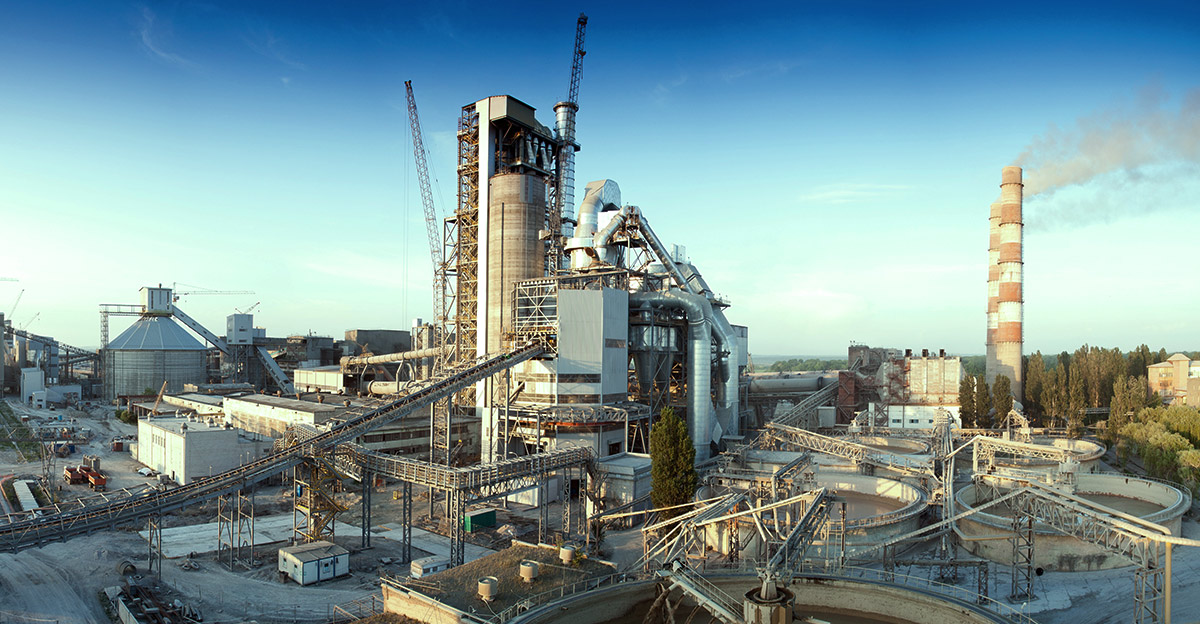
The cement sheath is vital in that it serves to protect and support the casing and deliver the necessary zonal isolation for the life of the well. And while cementing is conventionally viewed as the last step in drilling operations, DrilLife Group also designs cementing solutions as the first step in completions. Throughout the life of the well, the cement sheath is required to withstand the cumulative stresses from well events such as pressure testing, well testing and stimulation treatments.
The properties of cement such as viscosity, thickening time, and strength are of prime consideration when engineering for the highest probability of a successful primary cementing operation. The viscosity and thickening time have to be optimized so that the slurry remains pump-able long enough to place the cement across the desired zones and achieve top of cement (TOC). Additionally, the cement should set as quickly as possible after pumping stops and minimize the wait on cement (WOC) time while achieving the necessary structural integrity for retaining zonal isolation integrity throughout the life of the well.
The physio-mechanical properties of the cement need to be optimized for the specific attributes of each well. Each well is unique in regards to pore pressure and fracture gradient, bottomhole temperature and temperature distribution throughout the well, bottomhole pressure, physical properties of the formation, properties of fluids already in the wellbore, wellbore deviation, annular space clearance, and many more variables.
Drilllife Group has a wide range of cementing solutions that can be designed to the demands of each well:
- Gas Migration Prevention – addressing the potential invasion of gas or liquid from the formation in a manner so that channels are not created in the cemented annular space between the formation and the casing.
- Heavyweight Cement – heavyweight additives are used to increase slurry density for control of highly pressured wells.
- Life of the Well – achieving the optimum balance of chemical and mechanical properties, tensile and compressive strength, that enables the cement sheath to retain integrity throughout drilling, completion, production operations and ultimately abandonment.
- Lightweight Cement – situations with lost-circulation and weak formations with low fracture gradients require the use of low-density cement systems (<15 lb/gal) to reduce the hydrostatic pressure of the fluid column during cement placement.
- Lost Circulation – Not to be confused with a cement slurry volume decrease due to fluid-loss filtration, lost circulation is when a cement slurry (or drilling fluid) does not circulate back to the surface during cementing operations and is instead lost to fractured, vulgar, cavernous or highly-porous formations.
- Plug Cementing – cement plugs are set for a variety of reasons, most commonly for abandonment, temporary abandonment, testing, sidetracking, lost-circulation control, or remedial work.
- Self-Healing Cement – DrilLife Group offers a class of expanding cement that works on the premise that the migrating fluids react with the cement, causing it to respond by expanding to automatically seal the flow path, helping prevent further fluid migration.
- Squeeze Cementing – An operation involving the injection of cement into a problematic section of the well at a desired location.
- Besol Cements/Slurries – DrilLife Group’s continuous advancements in cementing technology includes families of slurries designed to mitigate major wellbore-condition challenges facing the industry.
- Unconventional Reservoir Wells – To help improve well economics in unconventional reservoirs it is important to evaluate wellbore architecture – including the cement sheath – as integral to well performance and total recovery.
